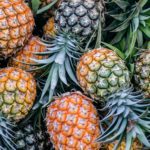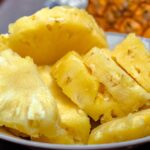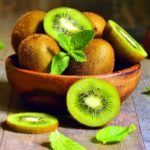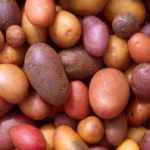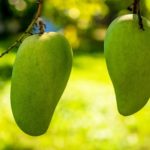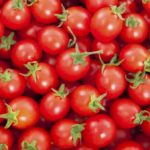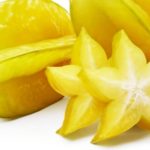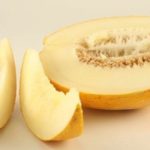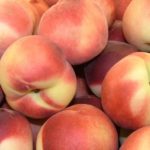Interesting facts about pineapples
 Pineapple is the most delicious fruit brought to us from South America. However, how to say – imported … It is still growing only in hot countries with a damp climate, from where it comes to pineapple lovers around the world, or in covered greenhouses. Only here in food it should be used moderately, otherwise the consequences for the digestive system will not be very good.
Pineapple is the most delicious fruit brought to us from South America. However, how to say – imported … It is still growing only in hot countries with a damp climate, from where it comes to pineapple lovers around the world, or in covered greenhouses. Only here in food it should be used moderately, otherwise the consequences for the digestive system will not be very good.
The first mention of pineapple is found in the literature in the middle of the 16th century – it is described in the book “The Chronicle of Peru”.
Immature pineapples are unsuitable for eating – their juice burns the lips and has a strong laxative effect.
Pineapple pulp is almost entirely (by 86%) consists of water. At the same time, the fruit is rich in potassium, vitamins of group B and A, ascorbic acid, iron, calcium, zinc, magnesium, iodine and manganese.
Pineapples contain enzymes that facilitate the breakdown and assimilation of proteins by the human body. However, it is not necessary to abuse pineapple diet – it can cause damage to the mucous membrane of the mouth.
Pineapple in moderate amounts is good for health – it improves digestion and dilutes blood. At the same time, these fragrant fruits are contraindicated for people with stomach diseases.
A glass of pineapple juice can free from motion sickness while traveling through air or water.
One of the participants of the Magellan expedition in the middle of the 16th century called pineapple “the most delicious fruit on Earth”.
Pineapple is used as a raw material for the fabrication of fabrics due to the strong fibers that make up its leaves.
Pineapple fits perfectly into any diet for weight loss – in 100 grams of fruit contains only 48 kilocalories. Thanks to a significant amount of potassium salts, a tropical fruit helps to remove excess fluid from the body, which also contributes to weight loss. Pineapple dishes promote the digestion of fat and improve metabolism.
Pineapples are used to make masks suitable for people with oily skin.
Homeland of edible varieties of pineapples – the central regions of Brazil, where these fruits were carried around the world.
Pineapples are still collected by hand – extremely prickly and whimsical plants do not tolerate other methods that offer technical progress.
Pineapple can be grown even at home – it is enough to plant a cut from the fruit “crest” of the leaves.
Pineapple flaunts on the arms of Jamaica, as well as Antigua and Barbuda.
While delivering pineapples from tropical countries was expensive, in Russia they were grown in numerous greenhouses – including in St. Petersburg and the Solovetsky Islands.
To fully ripen, pineapple takes 3 years, so these fruits are quite expensive.
In fact, pineapple is not one, but a lot of small fruits, connected together.
After the pineapple has been harvested, its ripening stops, so in the store you only need to buy ripe fruits. In this case, ripe pineapples can be green, and yellow, and even pink – depending on the variety and country of origin.
Ripe pineapple very quickly deteriorates – it must be eaten for a maximum of two days or stored in a refrigerator (there it will keep fresh for about a week).
In Asia they came up with a special device for extracting the pulp of pineapple.
From pineapples do not only sweets, fruit salads and jams, but also pineapple wine.
In the past, pineapple was considered a dangerous fruit for pregnant women, but later scientists proved that a woman should eat at least 10 fruits at a time, so that they cause a miscarriage.
